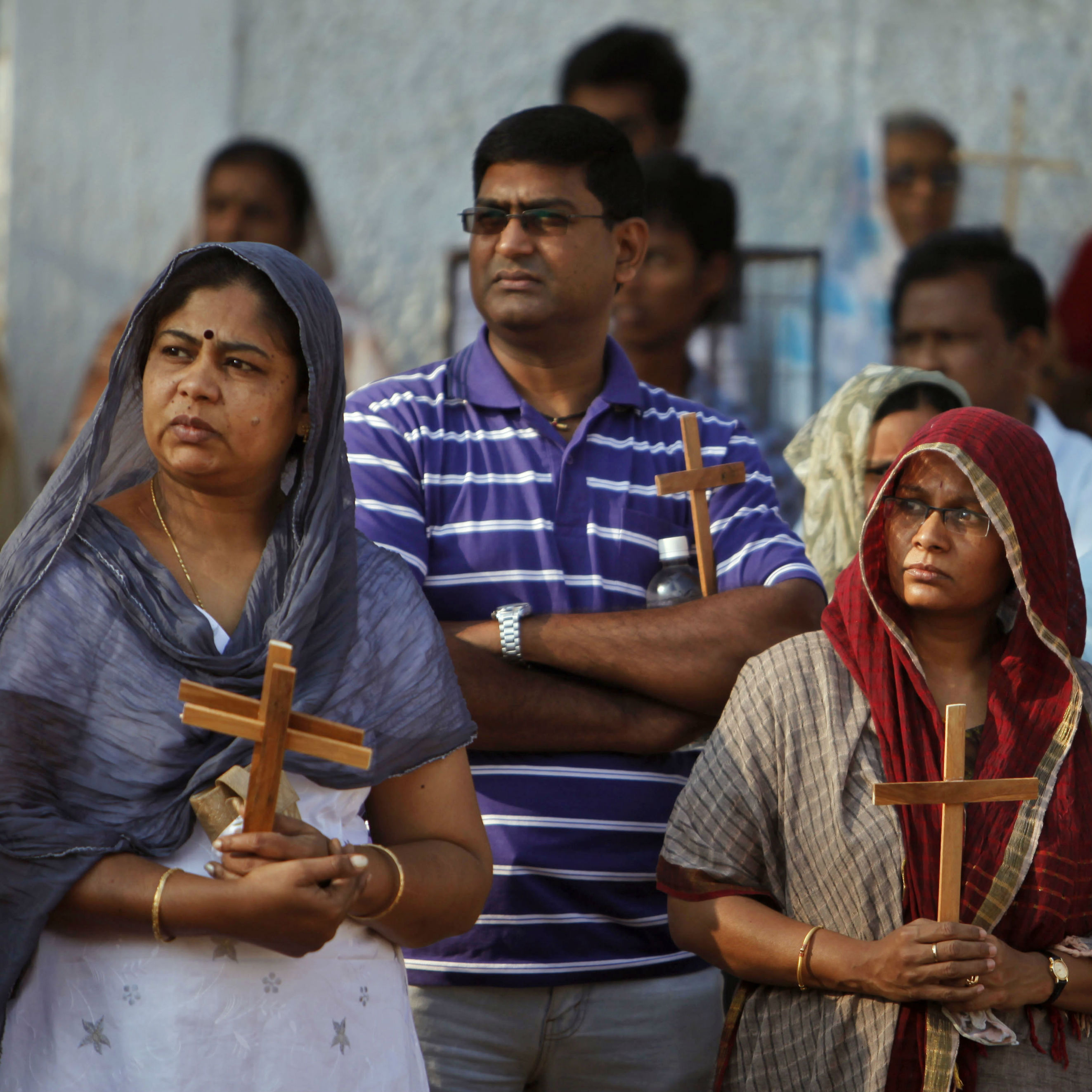Christians and Muslims have been persecuted at the hands of Hindu nationalists associated with the ruling BJP party. But, according to one recent visitor, the tide could be turning
The small wooden figure of St George looks like an Asian warrior, with a lotus flower on his head instead of a helmet. His saddle is clearly made for an elephant, not a horse. The statue of the saint slaying the dragon and rescuing the princess is displayed in a glass case at the Syro-Malabar Church museum in Kochi, or Cochin, the great trading city on the coast of the southern Indian state of Kerala.
This statue demonstrates that it would be wrong to describe Christianity in India as simply the result of Portuguese, French or British colonialism. The museum’s curator, Fr Ignatius Payyappilly, points out that the princess is recognisably local, saying: “She sits on her haunches, Indian fashion, her hands in the traditional ‘namaste’ position. And both she and St George have the long ears typical of Buddha images.”
Indian politics today is partly a battle about history. The silent message of the saint is important, given the growing concern among the country’s minorities about Hindutva, the ethno-religious political ideology that claims India as a “motherland” for Hindus and regards Islam and Christianity as alien elements in Indian society (Buddhism, born in Bodh Gaya in the Indian state of Bihar, is accepted, but it is regarded as a Hindu sect).





User Comments (1)
The title “Christianity in India and the challenges of Hindu extremism” in the online version fairly covers the bulk of the article, the subject of others in the press, but misses what is distinctive about the article as it appears in the print edition, the first seven paragraphs of which deal with the antiquity and the Indian-ness of Christianity in India under the intriguing title “Silent Message of St George”. A further unfortunate substitution is that of a news photograph of Christians holding small crosses apparently protesting persecution at the hands of Hindu nationalists for a wonderfully colourful photograph entitled “An altarpiece with Christ in the lotus position at a Jesuit church in Kashpur, Bihar”. I wonder if others have noticed the differences.
That the article should have been written by a former Swedish ambassador to the Holy See gives it a very special touch.
Gilbert D’Souza,
Norwalk, Connecticut. USA